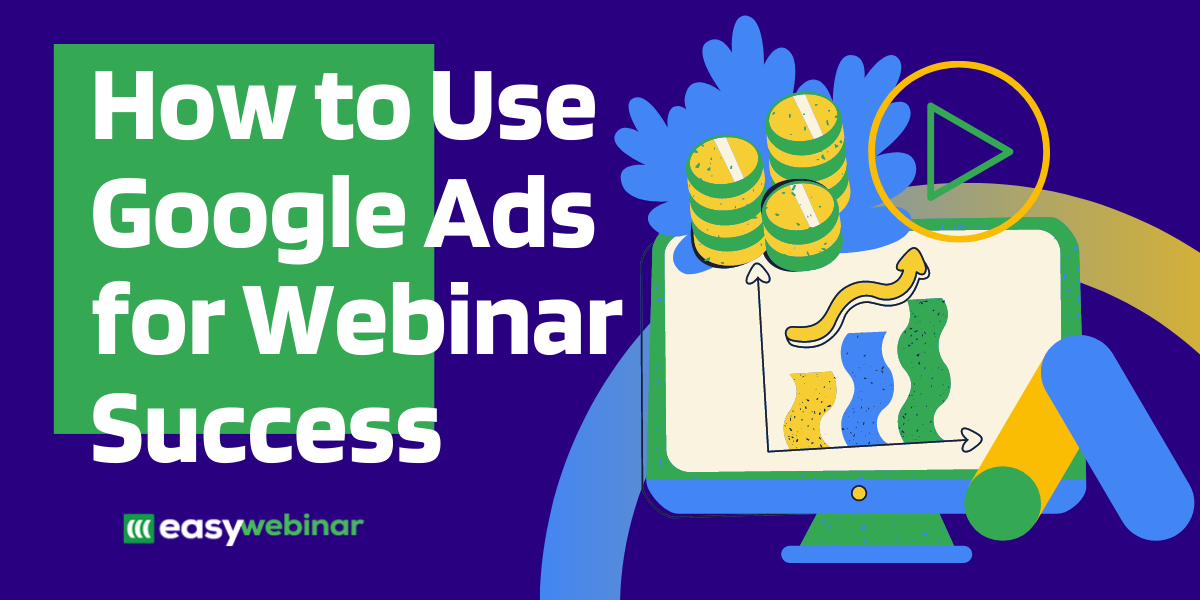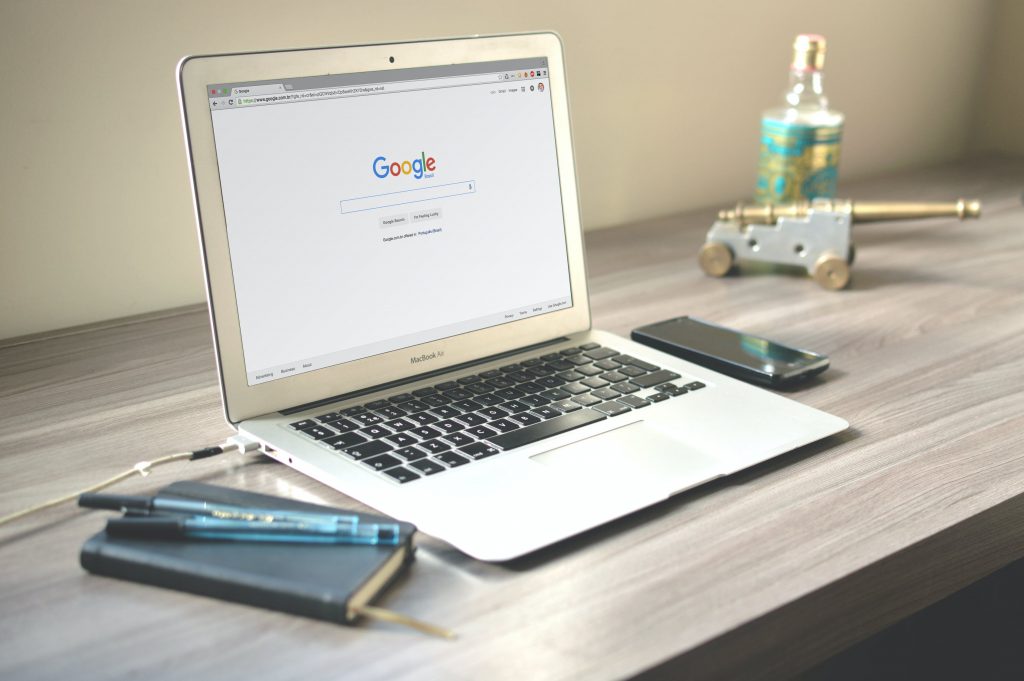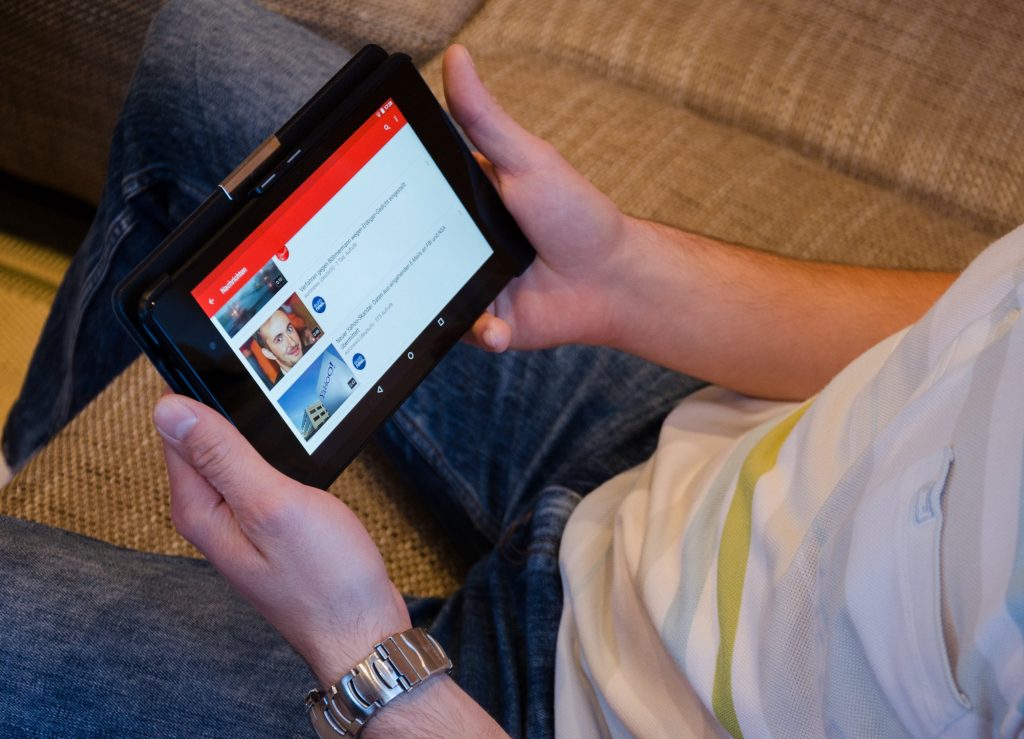How to Use Google Ads for Webinar Success

Leads: they are arguably the most important part of running a successful webinar. You could create the most epic webinar ever, but if no one registers and attends, you’re not going to generate any revenue.
But guidance on how to get leads is changing, and you might need to pivot to keep up with these changes. In the past, to get leads you could simply invite people from your Facebook page or LinkedIn network to sign up for your event. Then, Facebook killed organic reach to prioritize Facebook Advertising. Now, Apple’s latest iOS changes are making tracking and running ads a lot more challenging.
So what’s the answer?
Organic content? YouTube Ads? Google Ads? Or something else?
Frankly, I don’t think there is just one answer.
I always recommend that people diversify their lead sources as much as possible. Just as a financial advisor recommends having multiple income sources to clients, the same goes with leads to your webinar. That way, if something does happen to one of your lead sources, your business can still run relatively smoothly with the others.
One lead source that doesn’t get talked about enough is Google Ads. In this post, I want to help you understand some ways to use Google Ads in parts of your webinar funnel to get massive results.
Google Ads for Webinars

While Facebook Ads tend to get all the hype, let’s not forget about the number one search engine in the world – Google. There are a vast number of ways to use Google Ads (formerly Google Adwords) to drive traffic for your online business.
Here is a quick breakdown of the three main types of campaigns that you can run with Google.
Google Display Campaign Ads
The first is Google Display campaigns.
These ads are usually stagnant images and appear on websites or apps that your customers regularly visit. Chances are, you see display campaign ads all the time and don’t even think twice about it. Thanks to machine learning and pixel tracking, these ads can display on any website that is partnered with Google ad network.
Google Search Campaign Ads
The second main type of Google Ads are search ads, more commonly known as Google Adwords.
These text ads are displayed on the top of search results, on the right sidebar, below search results, and other places on Google. For example, if you’re searching for a specific product or service, you’ll find similar ads being displayed that are related to your search term.
Google Video Campaigns
The final type of ads are known as video campaigns, but they don’t appear on Google. Instead, they appear on YouTube. Remember, Google owns YouTube and thus, shares information between the two platforms for advertising campaigns. Since Google doesn’t have video ads in search results like Facebook and Instagram, they use them on YouTube which is a visual platform.
With video campaigns, they usually last 6 or 15 seconds and appear before or during YouTube content. The only way to avoid seeing these ads is to become part of YouTube Premium which is a monthly paid subscription that disables ads.
Using Google Ads in Your Webinar Funnel

Now that you know about the three main types of Google Ads, let’s talk about how to blend them together within your webinar funnel.
If you’re an avid reader of the blog, chances are you’ve heard me talking about funnels a lot lately. If you haven’t read each post about the three funnel stages, here is a quick overview to get you up to speed.
A sales funnel is the process from getting people to know, like, and trust you to becoming a paying client. This is the journey that users go on from start to finish and it’s broken down into three specific stages.
Top of Funnel (TOFU)
The first step of a sales funnel is the top of the funnel which is the awareness stage. This is where people are brand new to you and your brand. They are often just getting started in an effort to learn more about products and services that can help them with their biggest problems. People usually find you through:
- Blog posts
- YouTube videos
- Podcast episodes
- Organic social media
- Paid advertising (Google Ads, Facebook Ads, etc.)
Click here to learn more about the top of the funnel step to generate more leads than ever before.
Middle of Funnel (MOFU)
The second stage of a funnel is the evaluation stage. This is where users start to narrow down their searches for a product or service that can help them solve their problems. At this point users already know you and your brand, so it’s up to you to build trust and show how your offer is the best solution. .
Click here to learn more about the middle of the funnel tips and strategies.
Bottom of Funnel (BOFU)
The final stage is the bottom of the funnel is the decision-making stage. This is where all your hard work pays off and you hopefully convert your prospect into a paying customer.
Click here to learn more about the bottom of the funnel step to increase conversions.
Using Google Ads for Your Webinar

So how do you incorporate Google Ads into your webinar sales funnels?
Here are three ways to get started with Google Ads quickly:
1. Search Ads
The first ad to run is a search ad for relevant search results to get people to learn about your offer. This is a TOFU strategy to help build awareness of your brand and get people to click on the ad and register for an upcoming webinar (which could be live or automated).
Example #1: Relevant Terms
Let’s say you’re a copywriting expert and have a course to help people land copywriting clients. You could use Google search ads for relevant keywords and terms to get people to register for your upcoming webinar. This is a great way to help build the know, like, and trust factor quickly. Plus, if your website doesn’t rank high in search results, it’s a good way to show up near the top or sidebar thanks to paid ads.
Example #2: Testimonials Page + Case Study Webinar
Another way to use Google search ads is by creating a campaign around your product name. Once you name your product and offer it in a webinar to attendees, I can almost guarantee you that some people will Google your product to learn more about it. They’ll want to find testimonials, case studies, and reviews to make sure they aren’t getting scammed.
One way to get ahead of their search is to create a custom page on your website showcasing:
- Client results
- Client testimonials
- Case studies from students
- Real world results from students
And anything else you can provide to help reassure them about you and your brand.
For example, you could create a page on your website to host your written/video testimonials and even host a pre-recorded webinar with past students. This way, people can learn more about you from past students based on case studies and social proof. Then, when people search for your product name they’ll see an ad from you directing them to the testimonials page.
2. Run Display Retargeting Ads
The second way to use Google Ads is by running a display campaign. For example, let’s say you’re doing a live webinar launch for your $997 coaching or online course. As you open the doors to your program, run display retargeting ads during your launch window.
Similar to a retargeting campaign with Facebook, this will help remind people who attend your webinar and visited your sales page about the offer. Don’t forget the rule of seven in marketing – oftentimes people need to see your offer seven times before they make a purchase. Retargeting display ads are a great way to get more eyes on your offer and remind them to join before the doors close.
3. YouTube Video Ads

The final way to run Google Ads is tapping into the power of YouTube. As someone who built his career on YouTube a decade ago, I’m very fond of the platform. The cool thing about it is that a well-placed ad can help people go from YouTube straight to your webinar.
One way I would suggest experimenting with video ads on YouTube is sending people to an automated webinar. Set up your campaign so that it targets people who are watching related videos to your webinar. Since they’re looking for related content and obviously like videos, offering an automated webinar is a very effective way to get them interested in your product.
The biggest difference between YouTube ads and Google Ads is that you need to record a video. Unlike display campaigns (which are normally images) or search ads (which are normally text), you’ll need to create a captivating video to get people interested. This is a great top of funnel method to build awareness, grow your email list, and get people to sign up for your automated webinar.
Related Blog Post: How to Turn YouTube Subscribers into Webinar Leads
Final Thoughts on Google Ads for Webinars
As you can tell, Google Ads are a great way to get more people to learn about your brand and webinars. The great thing about them is that you can use them in multiple parts of your funnel, just like Facebook Ads. Paired with strong email marketing, social media, and Facebook ads, you should no longer have to worry about generating leads to your webinar.
But please remember, mastering any ad platform takes time. Just take a look at this Q&A from the Google Ads page:
Q: “Can I expect my campaign to be successful overnight?”
A: “Probably not — it takes time to see which ads work best. To help, Google’s Smart campaigns use technology to monitor and improve your ads automatically as you go. With Smart campaigns, businesses usually hit their stride in the first month, so we recommend you budget at least that amount of time for best results.”
Even though Google has highly advanced algorithms and machine learning, it still takes time. Start small, study your campaigns weekly (or even daily), and scale what works to grow your revenue and diversify your leads.
You got this!
Next Steps

Now that you know how to use Google Ads to generate leads, make sure you’re ready to go with your webinar platform. At EasyWebinar, we make it simple for you to run all types of webinars with our system to create an amazing funnel and experience for users.
Remember, when you join any of our webinar plans (all of which include a FREE trial), you can get started quickly with:
- Live webinars: These are great ways to test out your offers and learn more about your target audience. Plus, you can easily engage with users with polls, chat boxes, and other features to create an immersive learning experience.
- Automated webinars: Once you create a winning webinar, make sure to automate it. But unlike other providers, we make it easy for you to do everything in one platform. You can then drive traffic from Google Ads and other methods to your registration page 24/7. This will help you get more leads and sales without working more hours.
- EasyWebinar Integration: Finally, don’t forget that we make it easy to integrate all of your favorite products together. We integrate with top payment processors and email marketing software so you can focus on running your business. Plus, we’re about to unveil a new page builder as well to make things even easier for you to set up your webinar funnel.
All this, and a lot more awesome features for entrepreneurs, coaches, and course creators.
